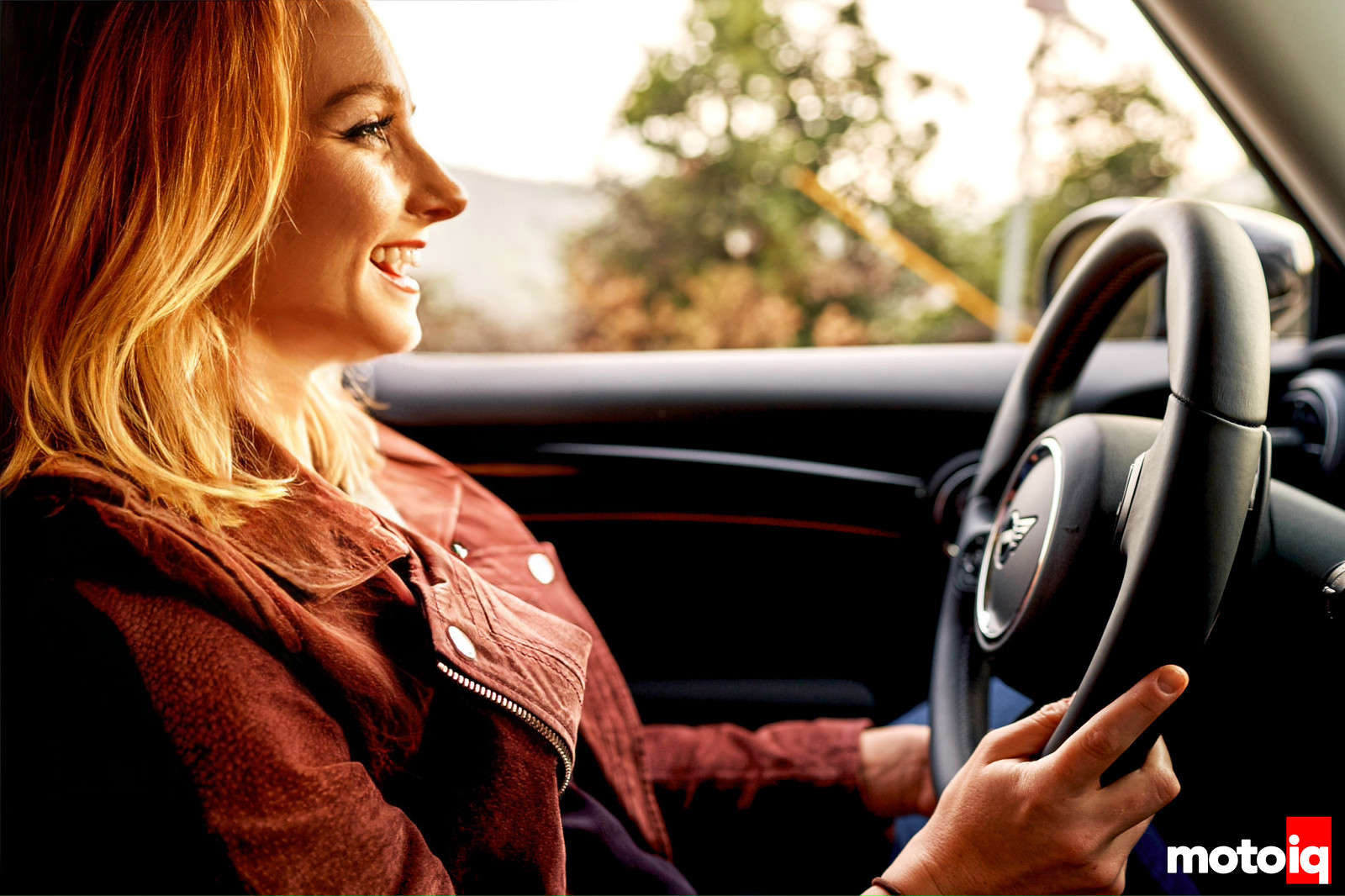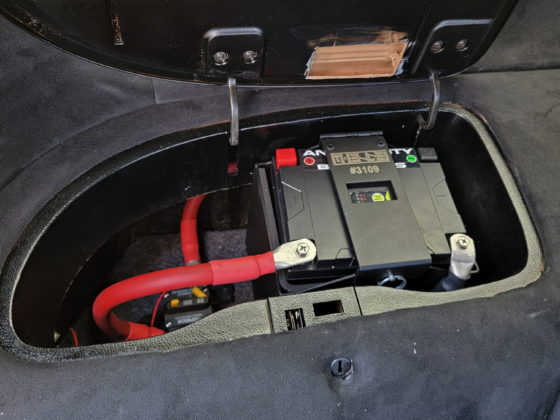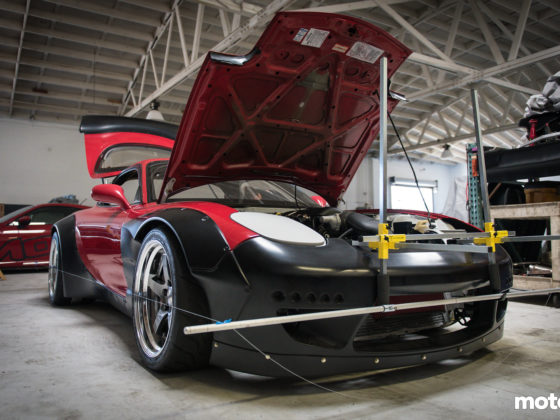Let’s get into the UX or Human Factors of the car.
1. Visibility of System Status
The design should always keep users informed about what is going on, through appropriate feedback within a reasonable amount of time.

I’m thinking of the instrument panel specifically, where all the “vitals” of the car live. Gas consumption is often unclear…the range is all over the map. One minute you’ve got a full tank and 350+ miles, suddenly you’re down a quarter tank with 100 miles less of range, give or take. Lots of high highs and low lows. Because of this fluctuating range, it’s also hard to truly determine what’s the “red zone” when it comes to having to actually fill up (do I really have 50 miles left…or is it more like 5?). Anxiety causing drama is not what you want out of your gas tank! I’ve got enough anxiety from just existing, and this is one thing with my driving experience in this car that genuinely makes me anxious. I’m also not a huge fan of the collision warning system, as I find it rather inconsistent, but we’ll get into that.
5/10
2. Match Between System and the Real World
The design should speak the users’ language. Use words, phrases, and concepts familiar to the user, rather than internal jargon. Follow real-world conventions, making information appear in a natural and logical order.

Let’s switch gears (pun only slightly intended) to the shifter. Since MINI is now under the BMW umbrella, it makes sense the 2022 model has inherited the same design. If you’ve driven a BMW, you know exactly what I’m talking about. In essence, the shifting experience is literally in reverse order of what most cars have. Now, I’m not saying that’s a flawed design. In fact, I’d be curious to see the research as to why/how that’s more efficient, because it just might be. It’s definitely not bad, just different, and it takes a little bit of time to get used to.

Other than that, the ignition switch, being in the center console rather than where you’d typically see it (right behind the steering wheel) is, again, kitschy but not bad. It’s a nod to the British heritage these zippy little things have.




6 comments
“In essence, the shifting experience is literally in reverse order of what most cars have.”
If by that You mean shifting gears in manual mode, in essence ALL other cars are in reverse order compared to the sequential transmission shift pattern they are trying to emulate. In my experience, the BMW order is more enjoyable.
Think of it this way: if You are pushed in the seat by the 630hp Your BMW M5 CS puts to the ground, is it easier to select the next gear by trying to push your hand forward or just stay in position and pull the shifter back?
Also, drag cars have their brake parachute deploy by pulling the lever from back to front. Because race cars need to be intuitive. Why that hasn´t trickled down to passenger cars, I can not fathom.
Thank You for the article.
Lane Assist, Front Collission Assist etc messages in newer cars also make my blood boil.
Thanks for the tip! As for that sort of micro action determination with ideal shifting direction…I think it depends on a couple of factors:
1. What shifting experience has the driver already had? Are they new to driving, and if not, what driving background do they come from?
2. A/B testing. I’d imagine this difference in preference would take slivers off process timing, but again, it would have to be tested in order to determine what’s optimal.
Really, it depends on the driver’s current state and what we have to work with around that.
Glad to hear I’m not the only one who gets triggers by some of these notifications 😂
-Em
The shift pattern comes from motorsports. If you watch old school F1, WRC, and Indycar when they still had sequential shifters, pushing forward is to downshift and pulling back is to upshift. This pattern allows the motion to follow the current direction acceleration. Modern F1 cars pull like 5Gs on the brakes, but I figure the old school ones probably still pulled 2-3Gs on the brakes. Much easier to push forward on the shifter to downshift while braking than trying to pull back against 2-3G of force. Mazda and Porsche have the same motorsports biased shift pattern 🙂 It’s a similar situation on motorcycles. The street shift pattern is one down (to go from neutral to get into first gear) and five up to work up to 6th gear. This is all fine and good on the street and it’s easier to push down to get into first gear from neutral when getting ready to leave from a stop. But the motorsports shift pattern is one up, five down. So upshifts are completed by pushing down in the shift lever while accelerating and downshifts are executed by pulling up while braking. These directions of action align with the G forces the rider will be experiencing.
I don’t have specific comments on this Mini, but speaking as someone working on race car dash/interface stuff, I think your articles are going to provide a lot of interesting food for thought. I look forwards to more!
Thank you, Dan! That’s so kind. Definitely let me know if there’s anything specific you’d want to see in future articles…I love talking to other fellow dashboard nerds 🤓
In this immediate case I’m messing with AEM CD7 stuff for a pure race car, and essentially trying to think through how to set up the main screen to have it amplify the sort of information that gets checked more often or that should be called to attention while having lower priority stuff available to be checked when there’s more time.
… which largely ended up cribbing from the C7R GTE dash layout but I do prefer to do better educated ideas than “monkey see, monkey do” 😉